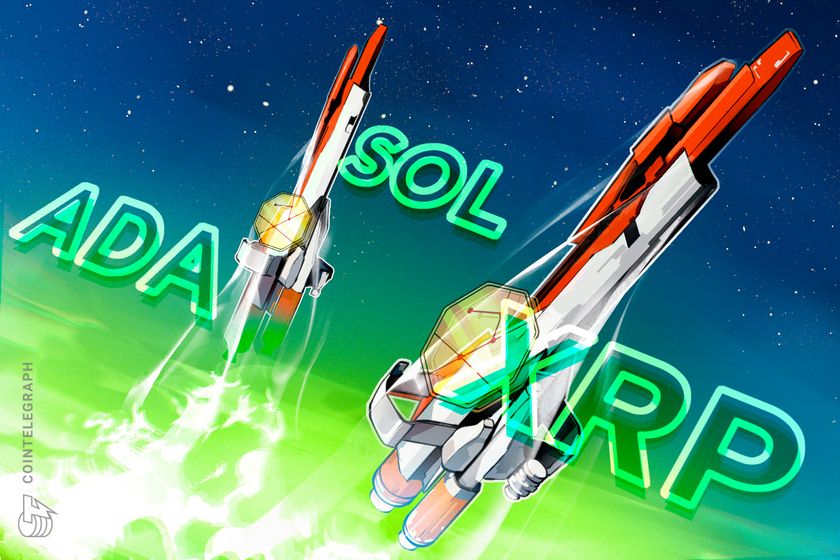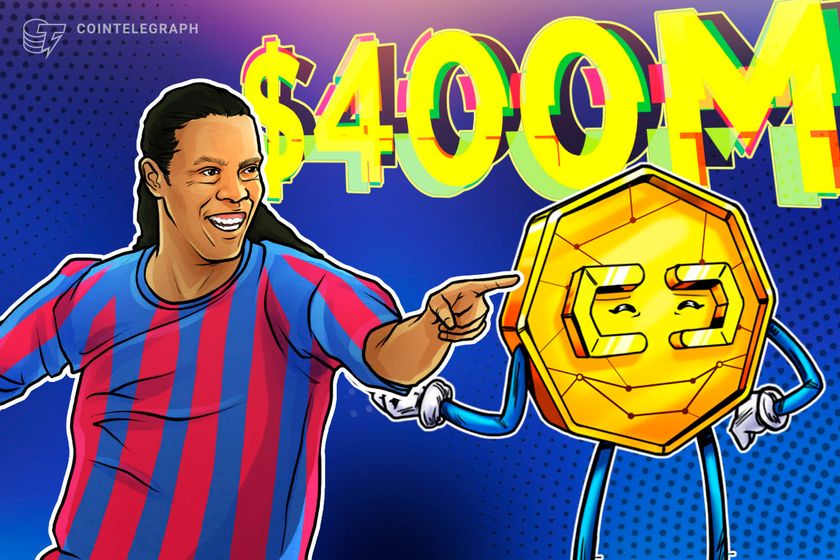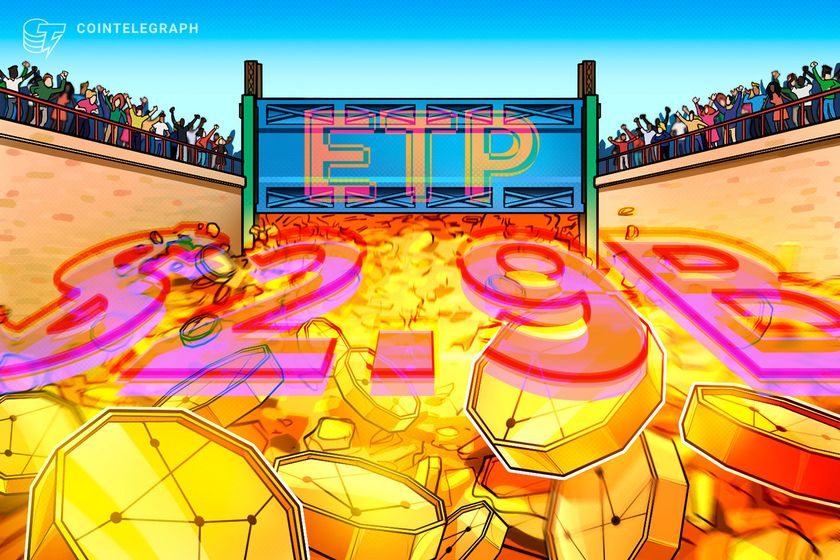
How cross-chain liquidity aggregation can shape the future of DeFi

What will ease the burden of DeFi users and remove some of the barriers to entry for newer market participants? This project sees the future of DeFi as multichain co-existence.
As decentralized exchanges now represent a significant amount of crypto trading volume, it is vivid that these platforms will play a big role in the smart economy of the future.
Automated market makers, in particular, changed the game by eliminating the need for order books entirely and replacing them with liquidity pools. This model was a win-win for both traders executing swaps and liquidity providers incentivized to supply their tokens and earn fees from traders.
Even the sporadic liquidity issues on DEXes, brought about by a sometimes fragmented marketplace, were addressed by the emergence of DEX aggregators – platforms that would essentially pool together fragmented liquidity onto a single platform.
For the most part, however, these DEX aggregators are limited to connecting liquidity pools on Ethereum. This obviously limits the level of multi-chain accessibility actually possible while trading on a DEX. Moreover, as things stand, trading volume on DEXes still pales in comparison to most centralized exchanges.
And while Ethereum might be the most prominent network in the industry, it isn’t for everybody. It is no secret that network congestion and the lack of scalability have caused high transaction fees on Ethereum.
Traders have looked to Layer 2 solutions and sidechains such as Binance Smart Chain, HECO, and Polygon as alternatives, but the transaction barriers between them still limit their choices considerably.
In some instances, the convoluted nature of actually performing a trade coupled with these liquidity issues has driven DeFi traders right back to centralized exchanges.
Clearly, interoperability between blockchains is the need of the hour. Cross-chain liquidity aggregators address these issues prevailing on decentralized exchanges by aggregating liquidity sources from various DEXs across chains and their own cross-chain pools.
O3 Swap is one such cross-chain DEX aggregator that works on expanding available token markets and increasing liquidity and trading volumes, easing cross-chain transactions for users all around.
O3 Swap describes itself as the first cross-chain aggregation protocol that enables free trading of native assets between heterogeneous chains by deploying ‘aggregator + asset cross-chain pool’ on different public chains and Layer 2 granting users access to cross-chain transactions with one click.
The project sees the future of DeFi as multichain co-existence. For the moment, it supports Ethereum, BSC, HECO, Polygon, and NEO cross-chain transactions and four cross-chain pools: USD Pool (ERC20-BEP20-HRC20), ETH pool (ERC20-BEP20-HRC20), BTC Pool (ERC20-BEP20-HRC20), and USDC Pool (ERC20-BEP20-Polygon).
With the use of special algorithms, cross-chain DEX aggregators identify the most optimal routes to fulfill trade orders across blockchain ecosystems. This important functionality will not only ease the burden of existing DeFi users but also remove some of the barriers to entry for newer market participants.
Disclaimer. Cointelegraph does not endorse any content or product on this page. While we aim at providing you all important information that we could obtain, readers should do their own research before taking any actions related to the company and carry full responsibility for their decisions, nor this article can be considered as an investment advice.
Go to Source
Author: Chris Jones










